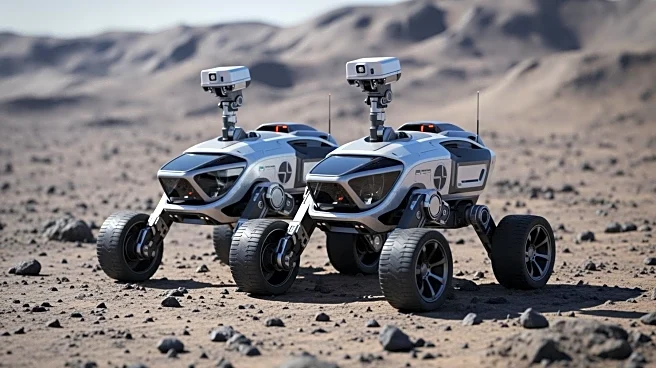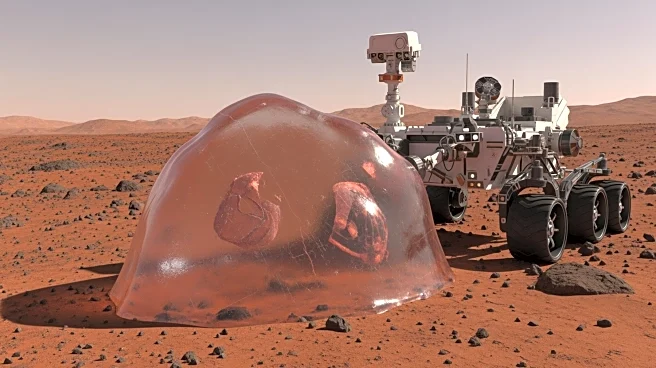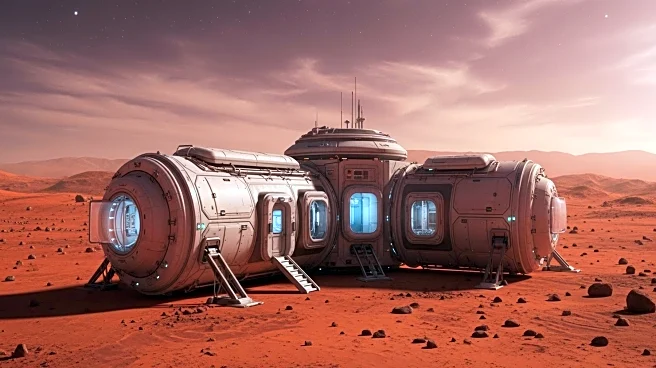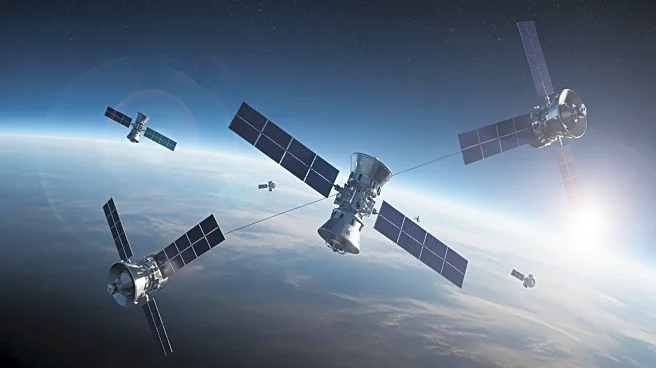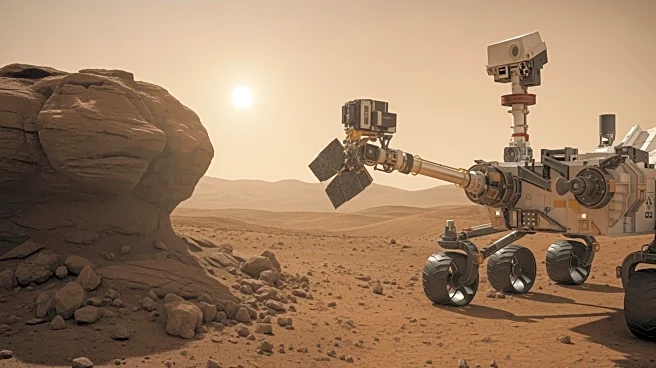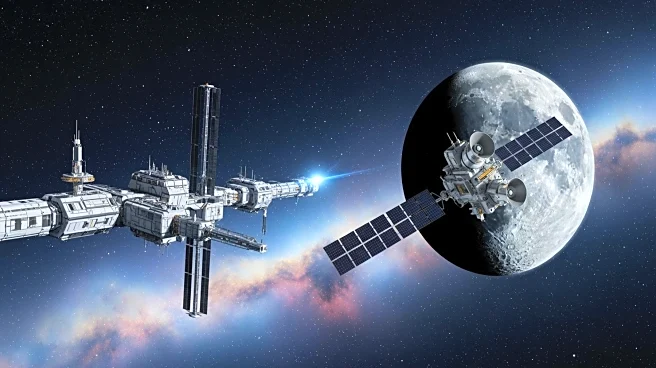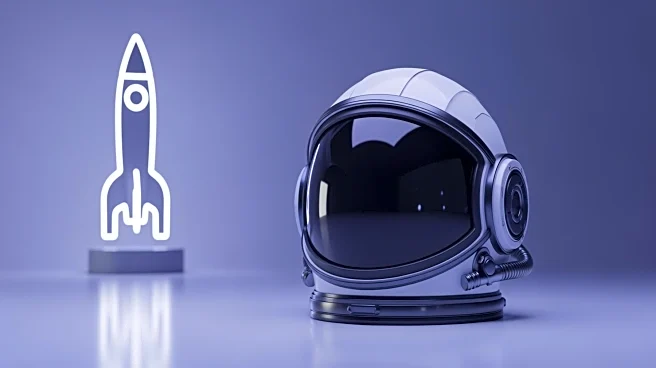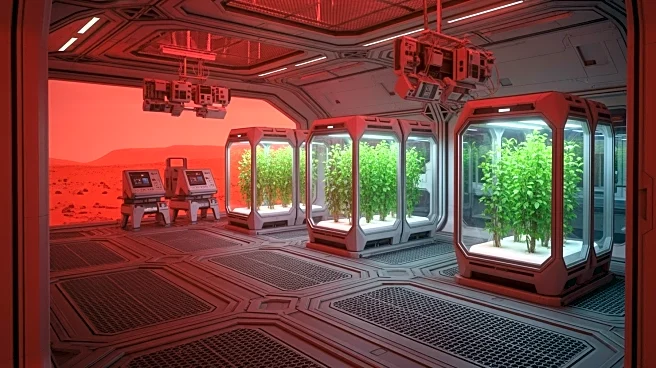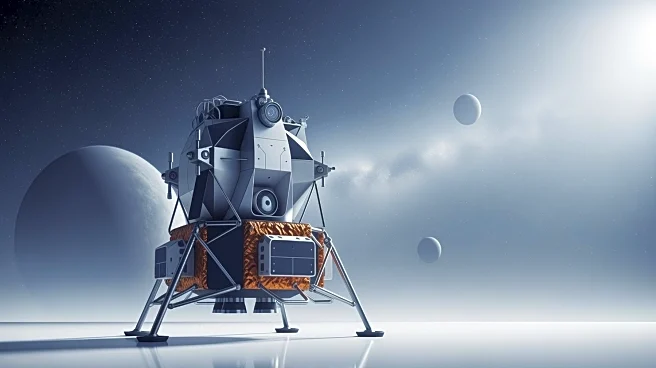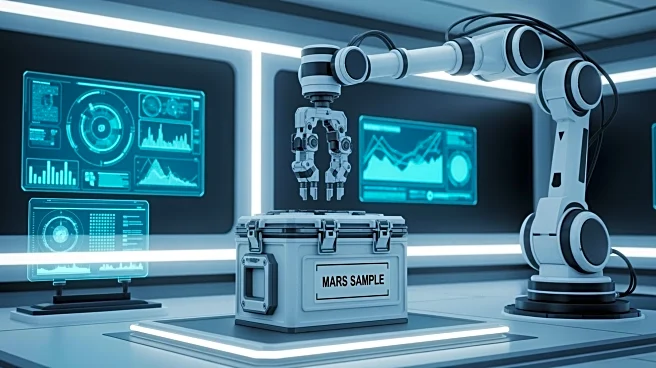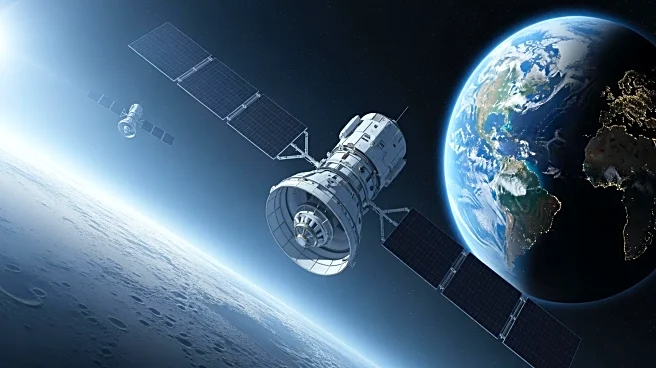What's Happening?
Researchers from the University of Pennsylvania, NASA, and other institutions have developed robotic systems designed to work together to explore the Moon and Mars. The project, known as TRUSSES, aims to overcome mobility limits of rovers by enabling
robots to physically connect and assist each other in navigating difficult terrain. The team tested these systems in White Sands National Park, simulating conditions similar to those on the Moon and Mars.
Why It's Important?
The development of cooperative robotic systems represents a significant advancement in space exploration technology. By enabling robots to assist each other, researchers can address the challenges posed by harsh extraterrestrial environments. This innovation could enhance the efficiency and safety of future missions to the Moon and Mars, potentially reducing costs and risks associated with rover mobility. The project aligns with NASA's Artemis program goals and contributes to the broader effort to expand human presence in space.
What's Next?
The TRUSSES team is preparing for a demonstration at NASA's Ames Research Center, where the robots will be tested in a controlled environment. This demonstration will be crucial in validating the effectiveness of the cooperative systems and refining their capabilities. The team plans to conduct additional trials to address any remaining technical challenges. Success in these tests could pave the way for integrating cooperative robots into future lunar and Martian missions.
Beyond the Headlines
The project highlights the importance of interdisciplinary collaboration in advancing space exploration technologies. It also raises questions about the future role of robotics in space missions and the potential for autonomous systems to complement human efforts. The development of cooperative robots may influence the design and planning of future missions, emphasizing the need for adaptable and resilient technologies to navigate extraterrestrial landscapes.
